Plant identification Worksheets for Ages 6-7
5 filtered results
-
From - To
Explore our engaging Plant Identification Worksheets, expertly crafted for children aged 6-7. These fun, educational worksheets are designed to enhance your child’s learning skills while fostering a love for nature. Each sheet is filled with vibrant images and simple, kid-friendly activities that help young learners identify various plants and their parts. By engaging with these worksheets, children will improve their observational skills, learn essential vocabulary, and develop a greater appreciation for the natural world. Perfect for enhancing in-school learning or enjoying as an enriching after-school activity. Download and start your child’s botanical adventure today!
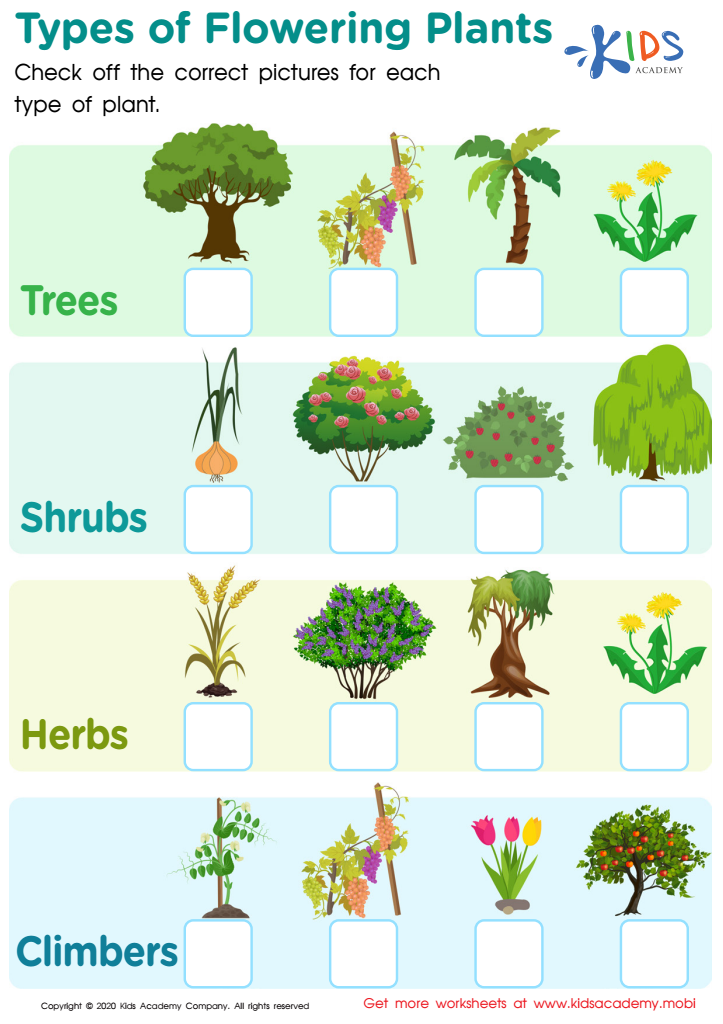

Types of Flowering Plants Worksheet
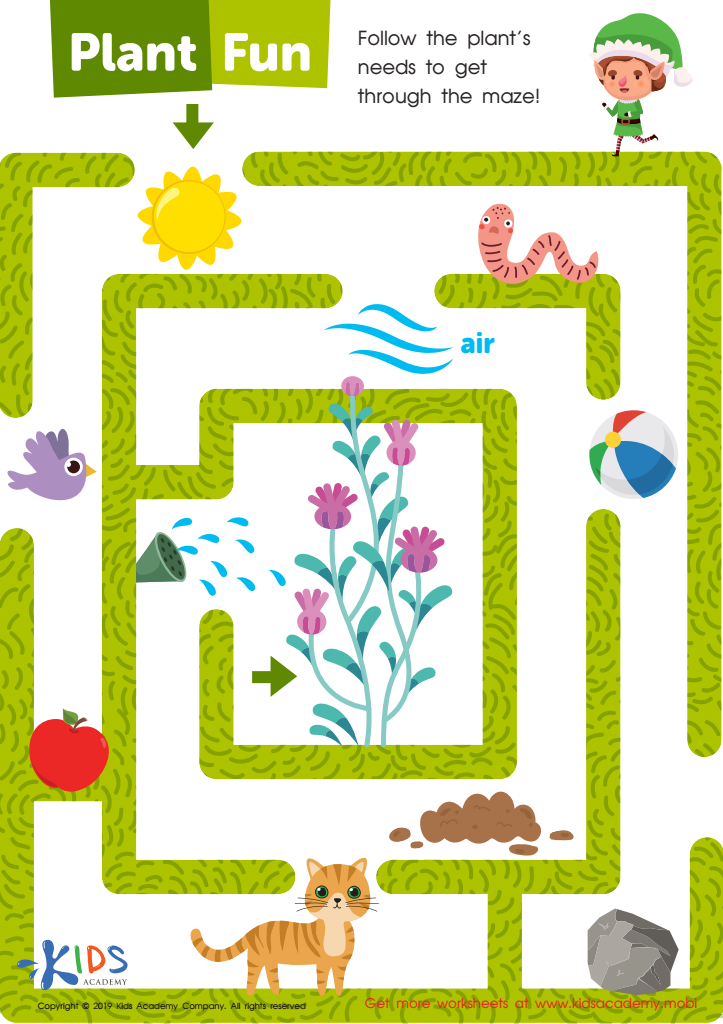

Plant Fun Worksheet
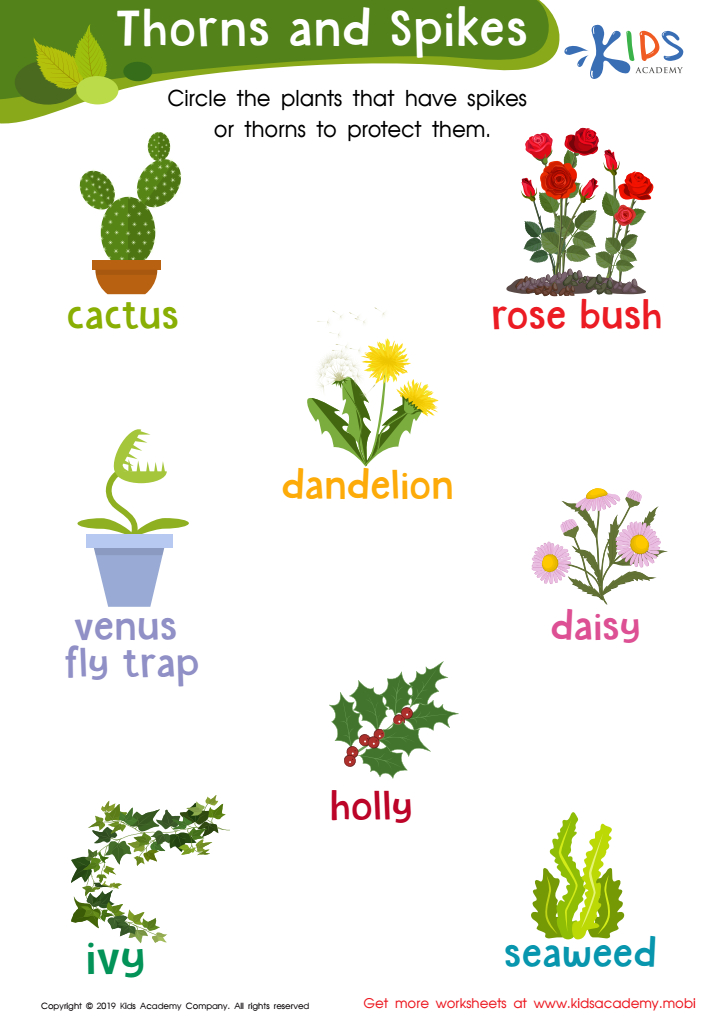

Thorns and Spikes Worksheet


What Do Plants Need to Grow Worksheet
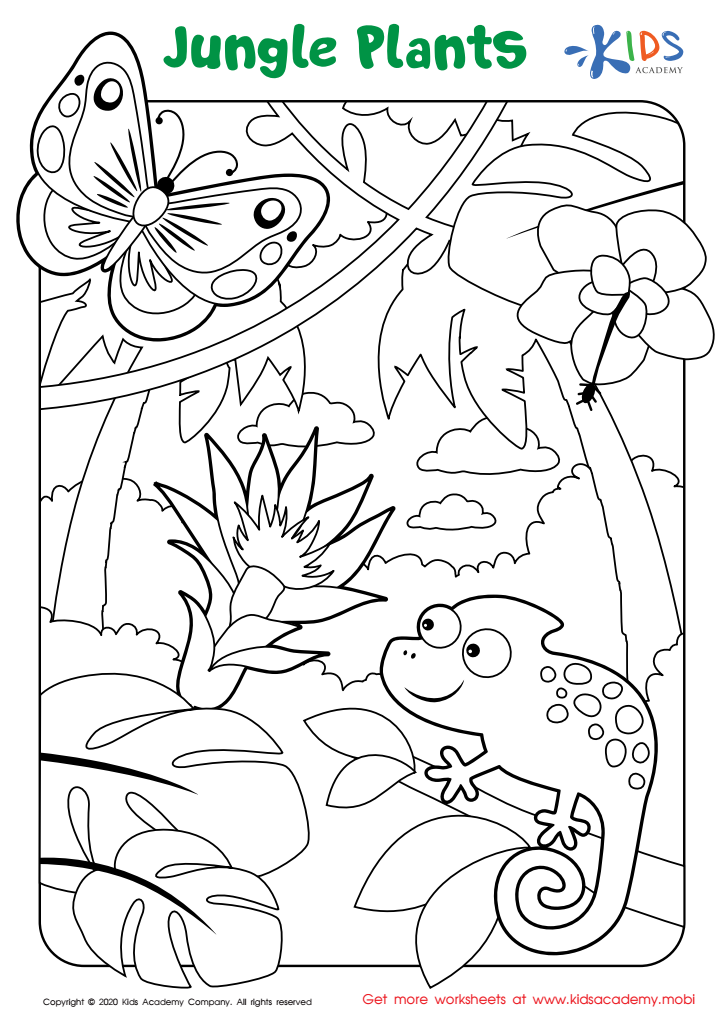

Jungle Plants Worksheet
Parents and teachers should care about plant identification for children aged 6-7 because it fosters a deeper connection to the natural world, sparking curiosity and encouraging outdoor exploration. At this formative stage, kids are naturally curious and excited to discover new things, making it an ideal time to introduce them to the diversity of plant life. This learning experience enhances their observational skills, critical thinking, and appreciation for the environment.
Understanding plants not only cultivates an interest in biology and ecology but also instills a sense of responsibility toward preserving nature. It provides a hands-on learning tool that goes beyond the classroom, helping children develop patience and fine motor skills as they carefully examine leaves, flowers, and stems.
In addition, plant identification can be integrated into various educational subjects. It can influence math skills through counting leaves or flowers and promote literacy by associating words with plant parts and names. This interdisciplinary approach keeps young learners engaged and makes learning more cohesive.
Moreover, comprehending which plants are safe or harmful can contribute to their personal safety. Knowing how to spot poison ivy versus harmless ivy or recognizing other dangerous plants helps prevent potential accidents during playtime.
In sum, plant identification is critical for nurturing well-rounded, environmentally conscious, and knowledgeable young children.

 Assign to My Students
Assign to My Students





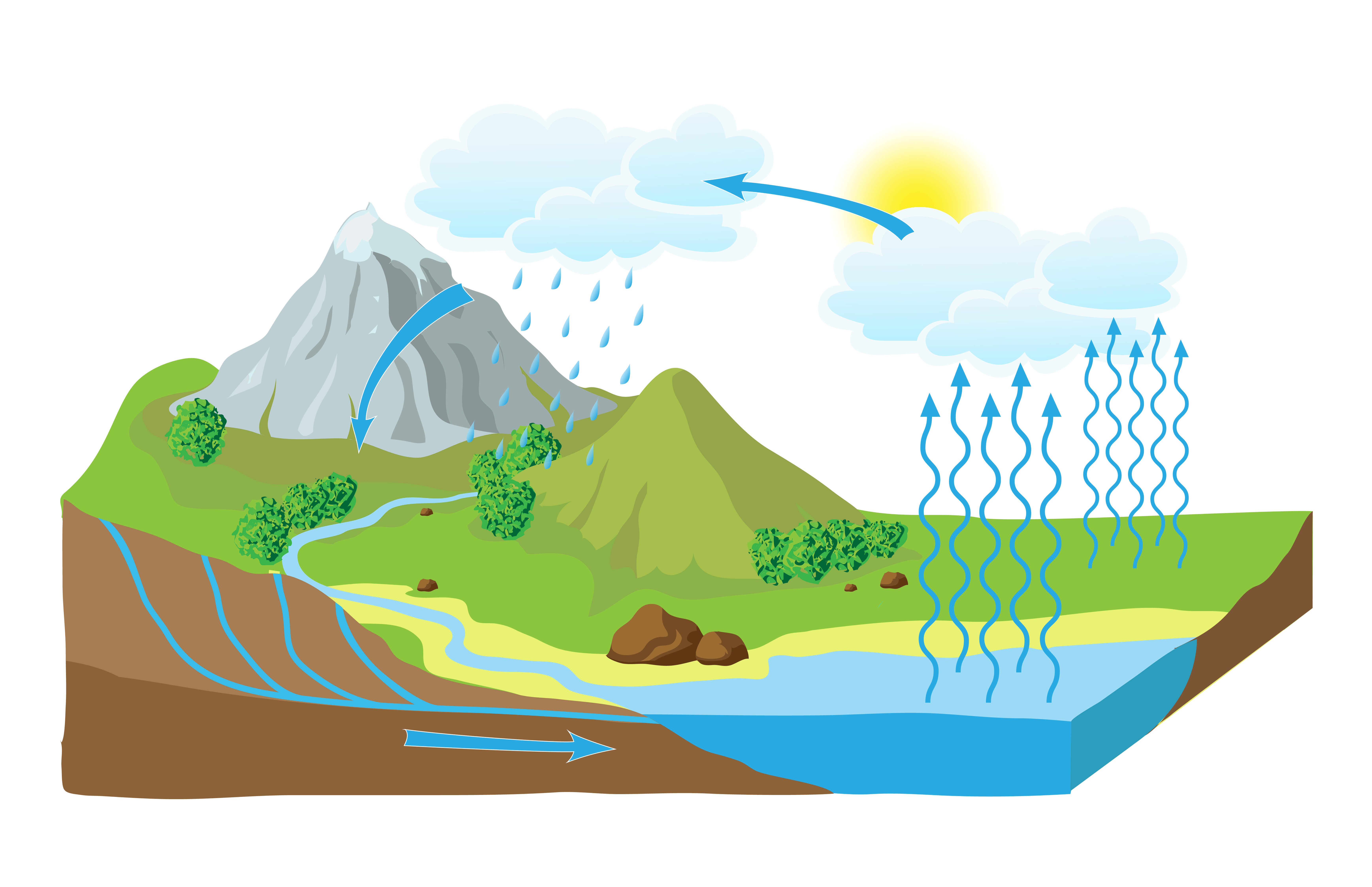
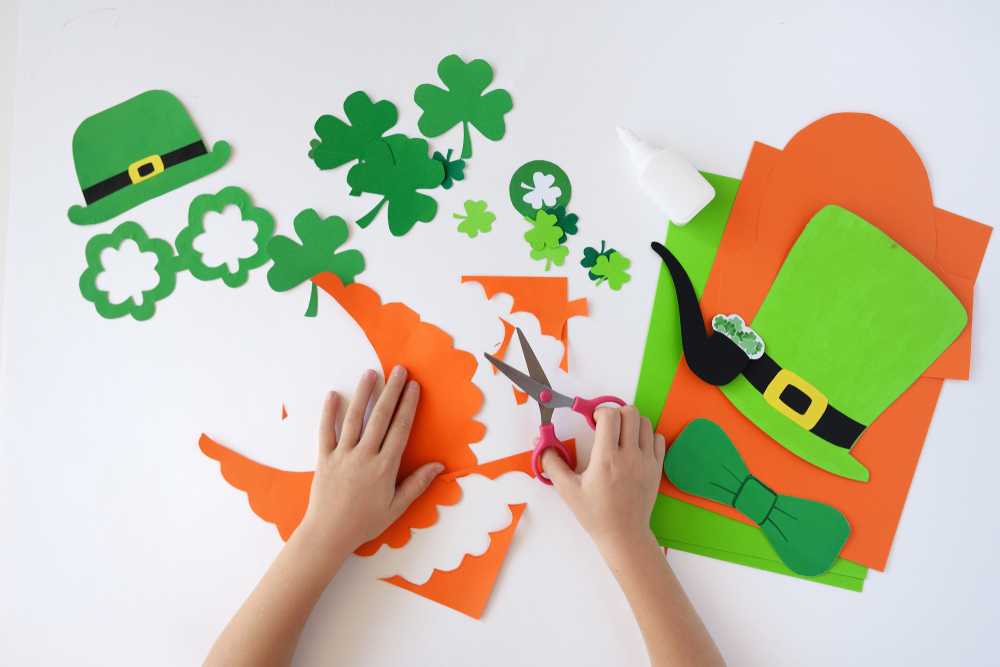
.jpg)









